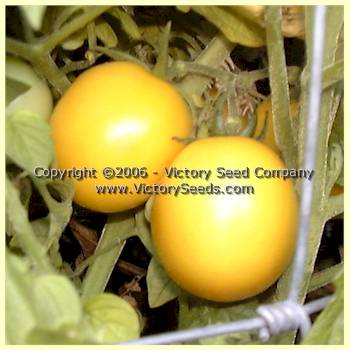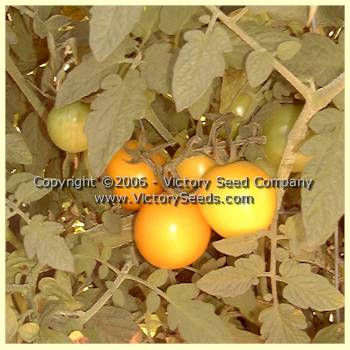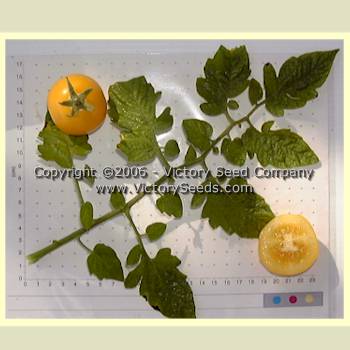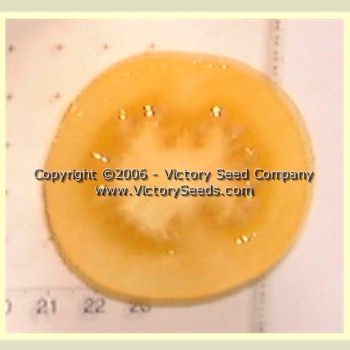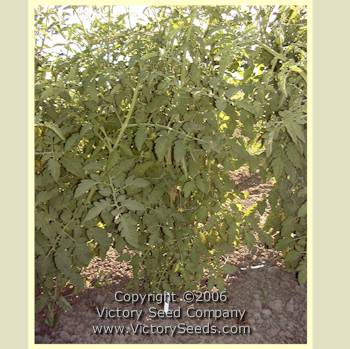Livingston's Gold Ball Tomato
Livingston's Gold Ball Tomato
Couldn't load pickup availability
 VERY IMPORTANT NOTE: This variety will be available again in early January, 2026. Please signup above to be notified when it becomes available. Click here to learn
more about our seasonal products.
VERY IMPORTANT NOTE: This variety will be available again in early January, 2026. Please signup above to be notified when it becomes available. Click here to learn
more about our seasonal products.
65 days, indeterminate — The fruit average about one and one-half inches in diameter (perfect for snacking), weighing two to three ounces each, are slightly elongated, globe-shaped, and truly a beautiful canary-yellow color. The flesh is thick and back in the "olden-days," they were used for pickling or to make tomato preserves.[2]
Introduced by Alexander W. Livingston in 1892 as a "new and improved" version of the 'Yellow Egg' or 'Yellow Plum' tomato,[2] the catalog descriptions regularly exclaimed the virtues of the variety for decades. In their 1893 seed catalog, they describe it as follows:
Also from 1893, while reminiscing about the origin and history of 'Gold Ball' tomato in his book entitled "Livingston and the Tomato," Mr. Livingston wrote:
Another fun and tasty idea is to use them as the "egg" in "Vegan Deviled Eggs." Our seed stock originated as the USDA's National Seed Storage Lab's accession number NSL 27012. Each packet contains approximately 20 seeds.
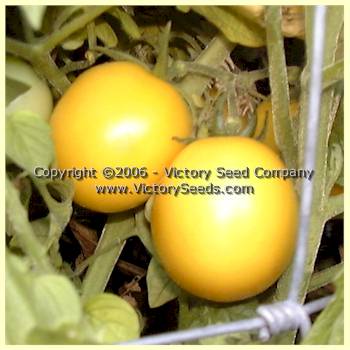
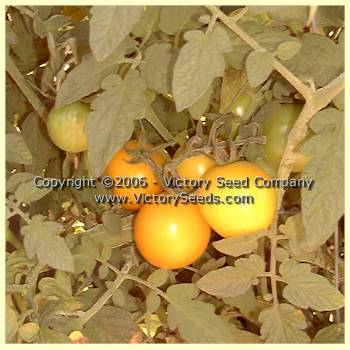
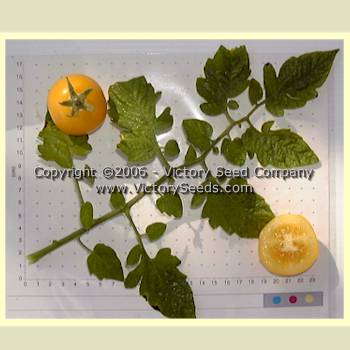
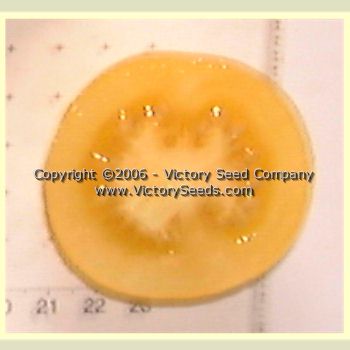
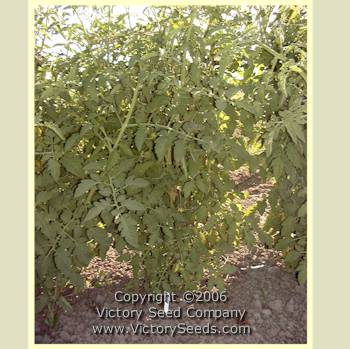
- "Seed Annual for 1893," Livingston Seed Company, Columbus, Ohio, 1893.
- "Livingston and the Tomato: Being the History of Experiences in Discovering the Choice Varieties Introduced by Him with Practical Instructions for Growing," A. W. Livingston, 1893.
- "100 Heirloom Tomatoes for the American Garden," Dr. Carolyn Male, Workman Publishing, 1999, pages 116-117.
Explore our vegetable collections:
[ Artichokes | Asparagus | Beans | Beets | Broccoli | Sorghums | Brussels Sprouts | Cabbage | Cantaloupe | Carrots | Cauliflower | Celery | Collard Greens | Corn | Cucumber | Eggplant | Endives | Gourds | Kale | Kohlrabi | Leeks | Lettuce | Mesclun Mix | Mustard Greens | Okra | Onions | Parsley | Edible Pod Peas | Garden Peas | South Peas | Hot Peppers | Mild Peppers | Pumpkins | Radishes | Rapini | Rhubarb | Salad Greens | Salsify | Summer Squash | Winter Squash | Swiss Chard | Tomatillo | Tomatoes | Dwarf Tomato Project | Turnips | Watermelons ]

